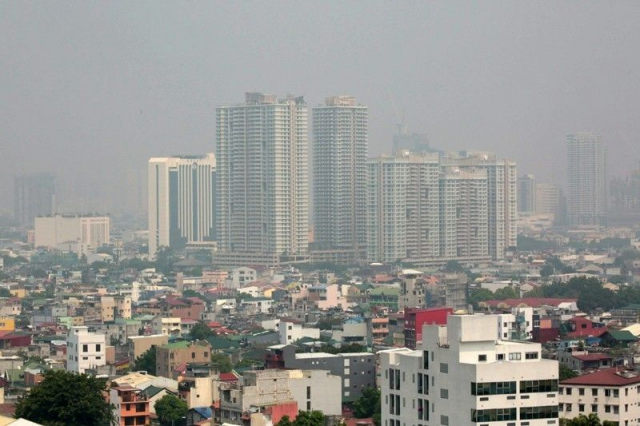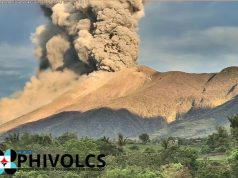
Fog, smog, and haze have been mentioned in online conversations surrounding the dim, cloudy skies in Metro Manila in the past few days.
Meteorologist Ariel Rojas shed light on how each term differs from one another in terms of their composition and characteristics. Ariel posted this on the X app on September 22.
Fog – mababang ulap/ulap sa lupa dahil malamig
Smog – fog + smoke, nasa lupa/mababa yung usok, may amoy, brown o halos maitim
Vog – volcanic smog, may sulfur, may amoy
Haze – nakalutang na particulate matter, usok, alikabok, pollutants sa hangin; nagpapababa ng visibility— Ariel Rojas (@arielrojasPH) September 22, 2023
In PAGASA’s meteorological dictionary, fog is defined as “a cloud of water droplets suspended in the air that touches the ground; also described as a cloud at the earth’s surface.”
A mist, meanwhile, is a type of fog that normally accompanies drizzles of rain.
It is “a very thin fog in which the horizontal visibility is greater than 1 kilometer, or approximately 1,100 yards. Often used synonymously with drizzle or fine rain.”
As Rojas stated, smog is a “mixture of smoke and fog” in the air.
When the fog has toxic sulfur in it from the volcano and generates a foul smell, it now becomes a “vog.”
Vog is seen as more dangerous as compared to smog.
The Philippine Institute of Volcanology and Seismology (Phivolcs) said it consists of “fine droplets containing volcanic gas such as (sulfur dioxide) SO2 which is acidic and can cause irritation of the eyes, throat and respiratory tract with severities depending on the gas concentrations and durations of exposure.”
RELATED: ‘Wear N95 masks, stay indoors’: Phivolcs reminds Filipinos of preventive measures vs vog
Haze is also used differently in meteorology. It refers to “particles of fine dust suspended in the air that produce limited visibility” in the air.
Since last week, Filipinos have been sharing photos and videos of the fog situation in their areas in Metro Manila and other provinces.
They also speculated that it is caused by Taal Volcano due to its recent emission of sulfur gases from its crater.
Pollution, not smog
Mariton Bornas, chief volcano monitoring and eruption prediction division of Phivolcs, clarified that the dim, blanket covering the region is caused by pollution and thermal inversion.
Bornas explained that polluted air normally rises to be dispersed in the air. This time, however, the polluted air stays in the lower atmosphere.
“This means that the atmosphere is layered and is unable to mix and this causes pollution that we normally generate every day, which normally rises to the higher levels of the atmosphere and gets dispersed to accumulate over the metropolis,” she said, citing the advisory from the state weather bureau.
Bornas further explained that thermal inversion is caused by low wind speeds and the accumulation of gases generated from different sources.
“They (the gases) are all maintained in the lower atmosphere,” she said.
Britannica also defines thermal inversion as “a reversal of the normal behavior of temperature in the troposphere (the region of the atmosphere nearest Earth’s surface), in which a layer of cool air at the surface is overlain by a layer of warmer air.”
Neither PAGASA nor PHIVOLCS has issued an update on when the thermal inversion over Luzon will end.









